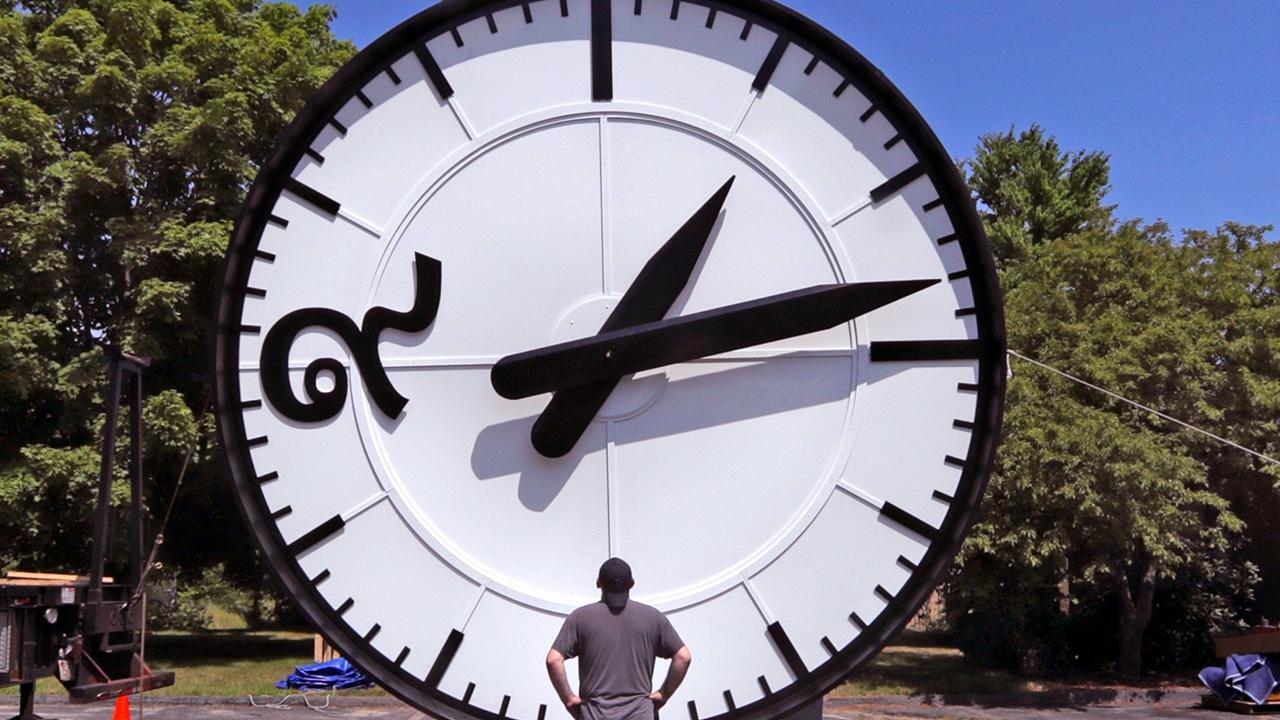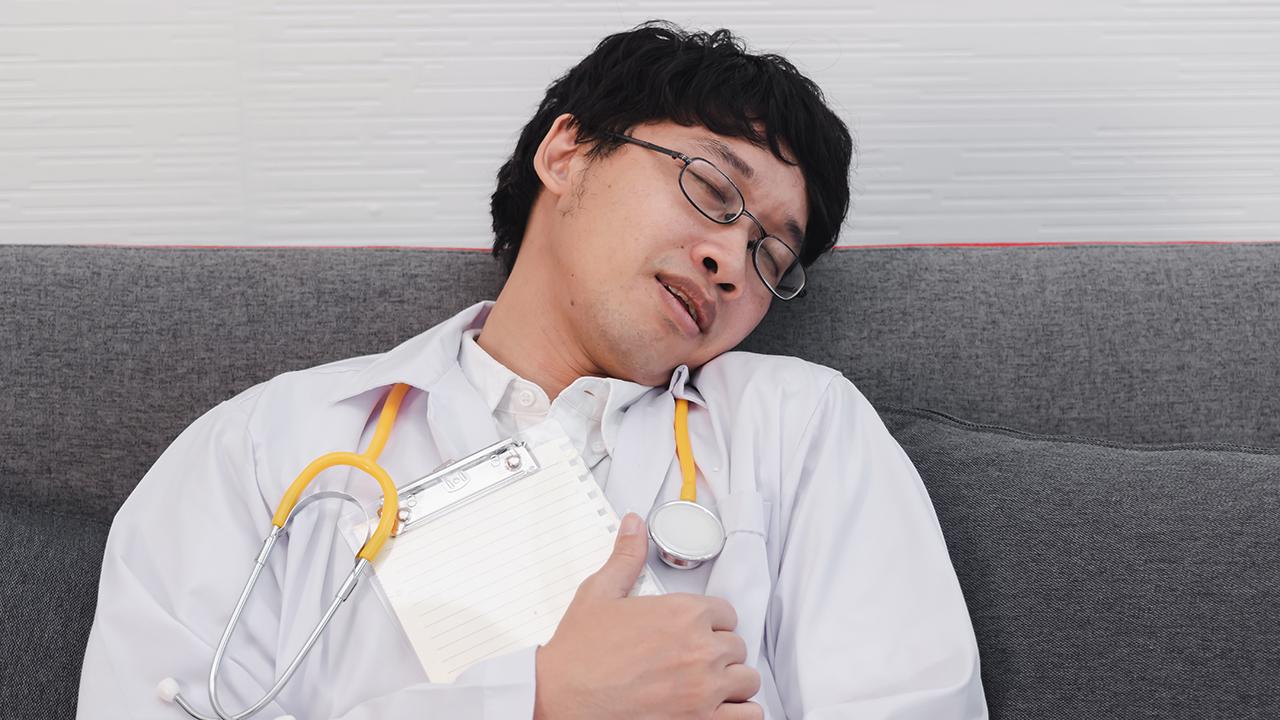When is daylight saving time falling back and how much does it cost the economy?
Daylight saving time ends at 2 a.m. on Sunday, Nov. 3. Across most of the U.S., people will turn their clocks back an hour and spend an extra hour in the dark each evening.
And while many people will enjoy the extra hour for sleeping or getting an early start of the day, many also dread when we’ll all turn our clocks forward again in the spring and lose an hour. More people have been calling for an end to the practice of daylight saving time, and numerous studies have found links between the time change and negative consequences.
Researchers have linked daylight saving to increased risk of heart problems like strokes, heart attacks and atrial fibrillation. Women undergoing in vitro fertilization and had a prior pregnancy loss experienced higher rates of miscarriage during daylight saving time.
The start of daylight saving time sees a measurable increase in criminal sentence lengths, while the end coincides with a decrease in assaults, studies found. Teens lose sleep on school nights after springing forward. More people are diagnosed with depression after falling back. And researchers have even found increased “cyberloafing” among office workers after the start of daylight savings time.
“In the spring, the day after we move into daylight saving time, there are more car accidents, greater stock market losses, more workplace injury, reduced test scores and higher suicide rates,” Greg Ridgeway, who co-authored a 2017 study from the American Association for the Advancement of Science on daylight saving’s effects on sleep, said in a press release.

Daylight saving time ends at 2 a.m. on Sunday, Nov. 3.
GET FOX BUSINESS ON THE GO BY CLICKING HERE
Health effects from daylight saving time are caused by a mismatch between the body’s internal clock and the external clock of work, school and the sun, circadian biologists told The Associated Press. Till Roenneberg, a circadian rhythm specialist at Ludwig-Maximilian University in Germany, told the AP that a mismatch of just one hour daily is enough to cause negative effects related to metabolism, blood pressure and hormones.
Chmura Economics & Analytics looked at the total economic loss caused by daylight saving time via increased heart attacks, workplace injuries and cyberloafing. They estimated a total cost of more than $433 million across the U.S. in 2016.
Daylight saving time runs from the second Sunday in March to the first Sunday in November. The U.S. government first enacted daylight saving time in 1918 as a way to conserve coal during World War I. The practice became law in 1966 with the federal Uniform Time Act.
READ MORE ON FOX BUSINESS BY CLICKING HERE
Hawaii and most of Arizona are the only two states that don’t observe daylight saving time. But at least 18 states have considered bills in the past few years to move permanently to either to standard time or daylight saving time.





















